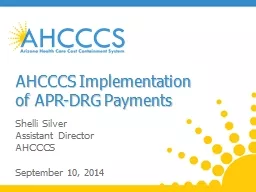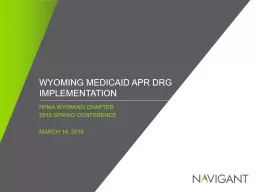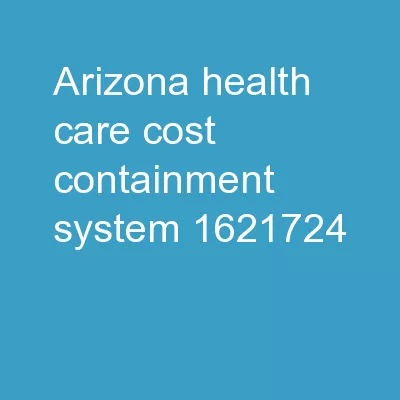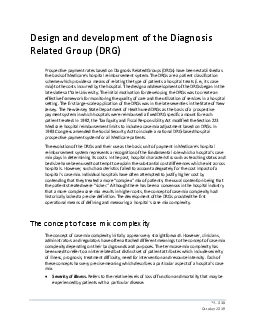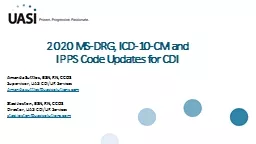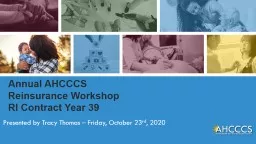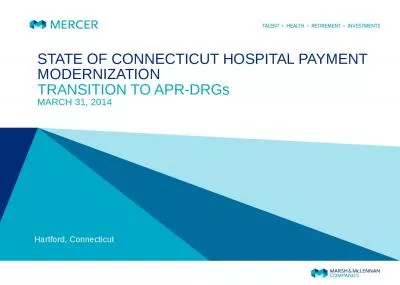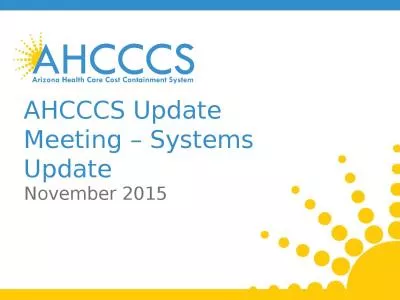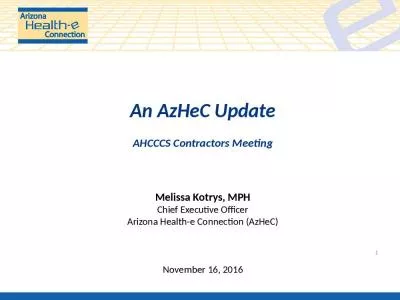PPT-AHCCCS Implementation of APR-DRG Payments
Author : sherrill-nordquist | Published Date : 2018-12-15
Shelli Silver Assistant Director AHCCCS September 10 2014 New Inpatient Rate Methodology AHCCCS is implementing initiatives to improve patient safety and health
Presentation Embed Code
Download Presentation
Download Presentation The PPT/PDF document "AHCCCS Implementation of APR-DRG Payment..." is the property of its rightful owner. Permission is granted to download and print the materials on this website for personal, non-commercial use only, and to display it on your personal computer provided you do not modify the materials and that you retain all copyright notices contained in the materials. By downloading content from our website, you accept the terms of this agreement.
AHCCCS Implementation of APR-DRG Payments: Transcript
Download Rules Of Document
"AHCCCS Implementation of APR-DRG Payments"The content belongs to its owner. You may download and print it for personal use, without modification, and keep all copyright notices. By downloading, you agree to these terms.
Related Documents

